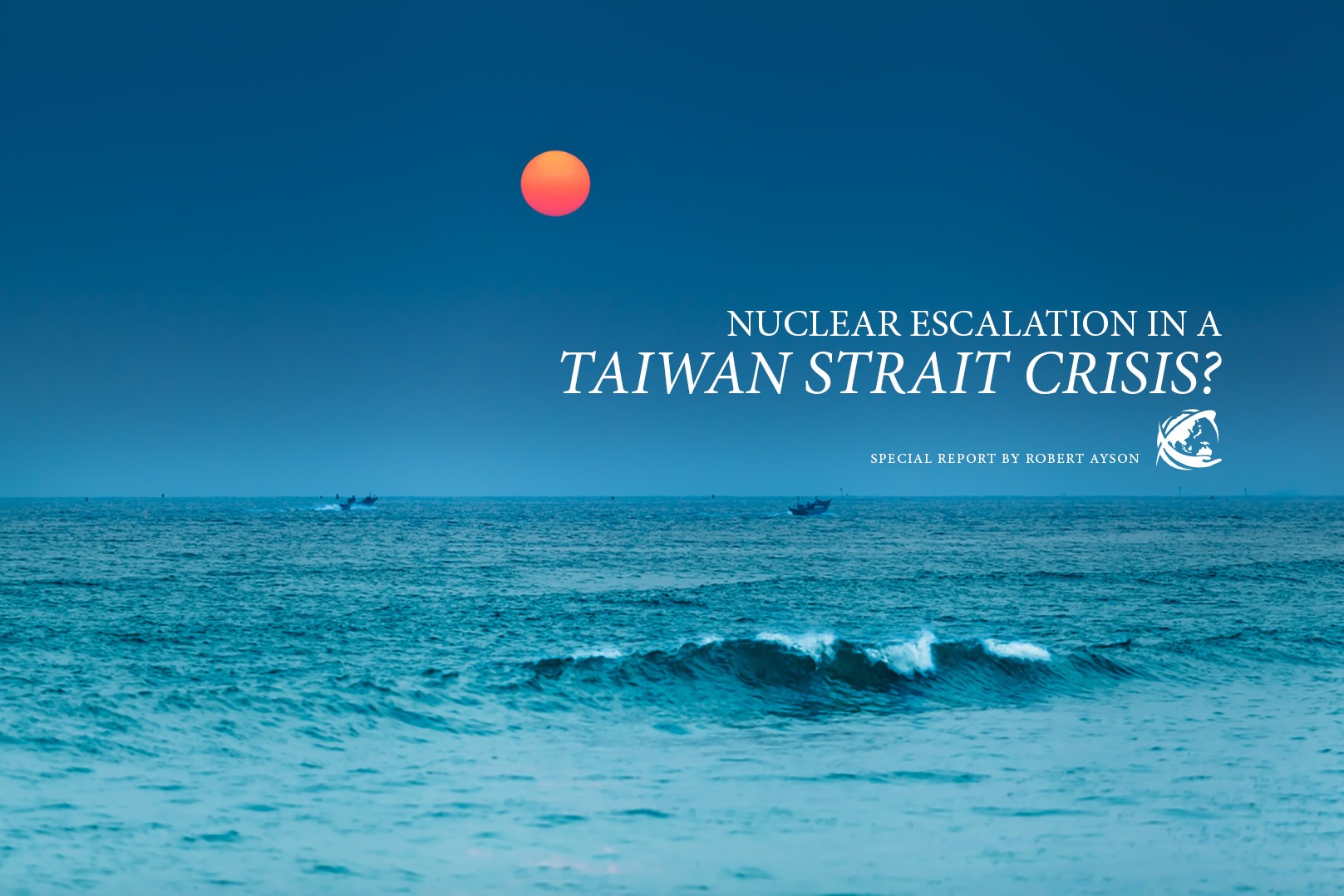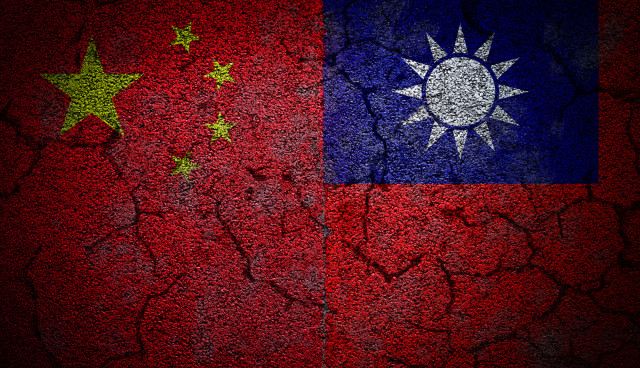Nuclear Escalation in a Taiwan Strait Crisis?
Fears of China launching a military attack against Taiwan have spiked with Chinese warplanes flying across the halfway point in the Taiwan Strait, Beijing amping up cyber pressure, and Chinese newspapers calling for missile strikes on American allies if they intervene.
In a new Special Report for the Asia Pacific Leadership Network (APLN) Professor Robert Ayson of Victoria University of Wellington, analyses the different scenarios that could trigger a nuclear war in the Taiwan strait and how it can be avoided.
- Political tensions between Beijing and Taipei over Taiwan’s future coupled with growing great power competition and distrust between China and the United States;
- Shifting asymmetries of military power between China and Taiwan, and between China and the United States, creating incentives for escalation;
- Difficulties in ensuring firebreaks between conventional military options and attacks that involve or risk nuclear capabilities;
- Brittle political communications between Washington and Beijing coupled with problems in securing military-military dialogue (including the planned Military Maritime Consultative Agreement meeting in 2020).
Professor Ayson examines out how the current situation could escalate from the current tension in the absence of a precipitating crisis to a serious and escalating Taiwan Strait crisis, a conventional war in the Taiwan Strait, and to the use of nuclear weapons.
By assessing the steps in this process, he offers recommendations for the three main actors to adopt to reduce the chances of military escalation and the use of nuclear weapons. Recommendations include:
- China and the United States need to have tacit understandings about shared no-go areas in a Taiwan Strait crisis, including assets that if attacked would be likely to generate disproportionate retaliation.
- Both China and the United States need to recognise the risks of the murky zone between escalating pressure and actual fighting in a regional contingency. They should aim for formal or informal rules on what differentiates unthreatening information seeking from activities that put their forces at risk, including through cyber operations and other measures short of physical conflict.
- Taiwan, the United States, and China have a common interest in all three actors ensuring that they have redundant C4I (computers, comms, command and control, intelligence) systems that allow them to maintain control during an escalating crisis and conventional conflict, reducing pre-emptive pressures. They should all signal their reluctance to put these systems at risk in an escalating crisis.
- Taiwan and the United States need to identify what factors intensify the chances that an early and dangerous resort to force (by Taiwan or China) will occur in a Taiwan Strait crisis, and what this means for their understanding of America’s role.
- Crisis stability – and the dangers of crisis instability – needs to be a recurring subject in a renewed process of US-China strategic dialogue and involve military, diplomatic and political leaders.
It is unwise to expect China and the United States to leave their competition to one side. But it is reasonable to expect them to recognize that they do have common interests in spite of that competition and that some basic level of cooperation is required to allow their competition to continue.
The US and China do not need to see themselves as friends or close partners. But they might wish to think of themselves as adversarial partners, a concept used by Coral Bell in depicting the limits to competition in US-Soviet relations. Because even if their competition leads them into a fight over the Taiwan Strait, China and the United States will retain a common interest (shared with Taiwan) in controlling the escalation that could come next.
Click on the adjacent link to download the full report.
About the Author
Robert Ayson has been Professor of Strategic Studies at Victoria University of Wellington since 2010 and works in close association with the Centre for Strategic Studies. He has also held academic positions with the ANU, Massey University and the University of Waikato, and official positions with the New Zealand government. Professor Ayson completed his MA as a Freyberg Scholar to the ANU and his PhD at King’s College London as a Commonwealth Scholar to the UK. He is an Honorary Professor with the New Zealand Defence Force Command and Staff College. Professor Ayson has a particular interest in the ways that thinkers in strategic studies and international relations deal with issues of competition and cooperation. He has worked on coercion and conflict escalation in the Asia-Pacific region, New Zealand and Australian defence and foreign policy, and nuclear challenges. His interest in the history of strategic and international ideas is reflected in his work on theorists such as Hedley Bull and Thomas Schelling.
This report is part of an upcoming edited volume from experts in the region titled “WMD in Asia Pacific: Trends and Prospects,” which is scheduled to be published later in 2021.
Image: iStock, 75tiks



